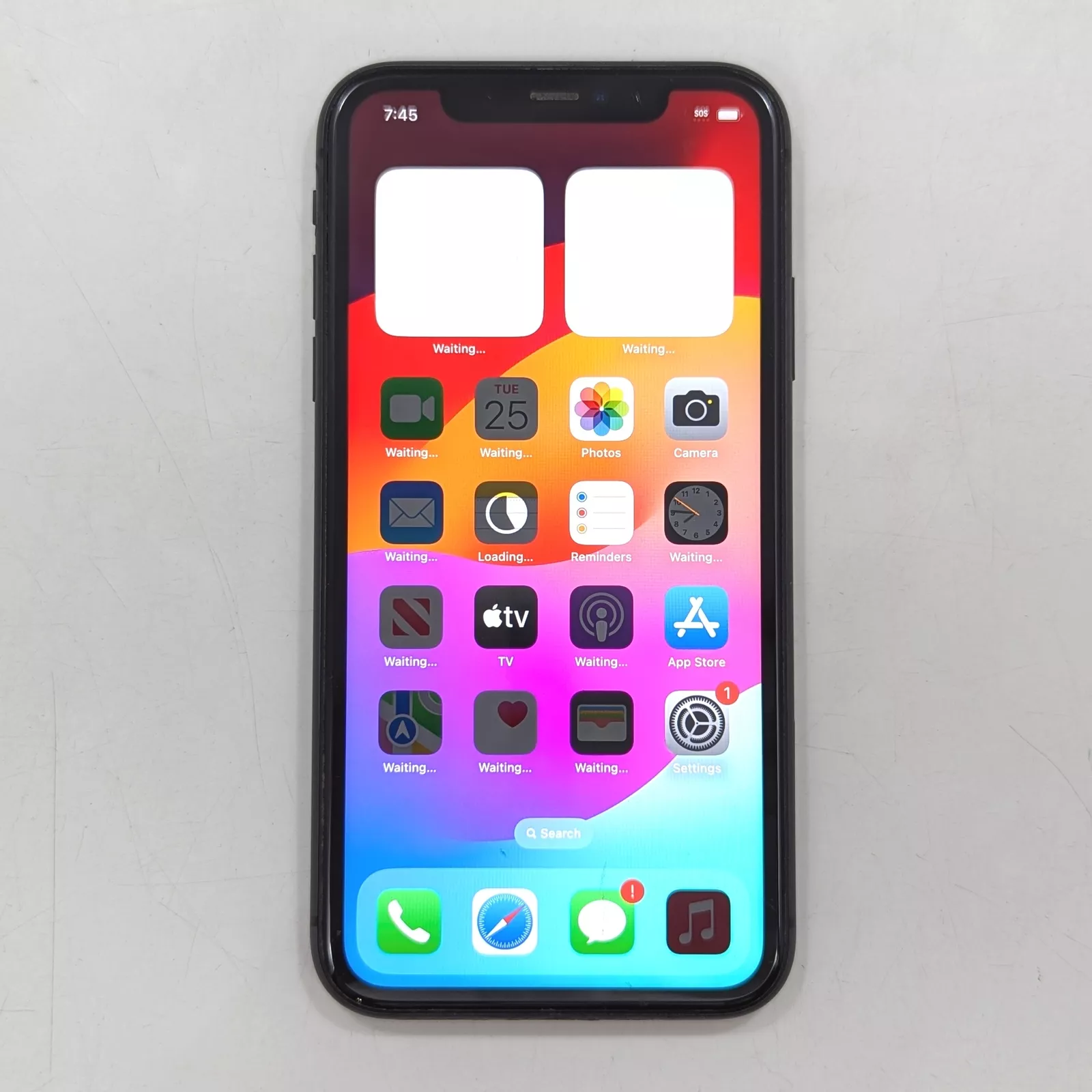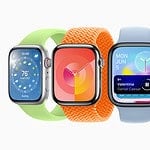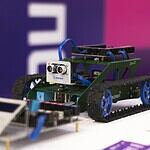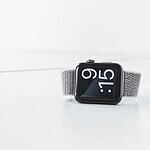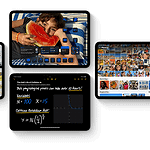The iPhone’s sleek design and powerful features come at a cost. Each component, from the vibrant display to the cutting-edge processor, contributes to the overall manufacturing expense. For instance, the A17 Bionic chip in the iPhone 15 Pro Max is estimated to cost around $120. The advanced camera system, with its multiple lenses and sensors, can cost upwards of $100. Even the battery, a seemingly small component, adds to the expense.
Understanding the cost of producing an iPhone requires a detailed analysis of its components and the manufacturing process. While it’s nearly impossible to factor every cost that goes into an iPhone (ie- marketing, branding, licensing, etc.) a sum of its parts approach seems to be a good way to at least get in the right ballpark. That means we add up the estimated costs of things like the screen, battery, cameras, and internal components such as the processor and memory. These components each come with a cost and collectively make up a significant portion of the total manufacturing cost.
Obviously the total cost will be higher than just the cost of each part when you factor in things like the assembly process, labor expenses, and other stages of production; but again, this is the best way to get an estimate.
Breaking Down the iPhone’s Price Tag
Component Costs: More Than Meets the Eye
A significant portion of the cost lies in the various components that make up an iPhone. The display, processor, memory, cameras, sensors, battery, and other internal parts each contribute to the overall expense. These costs can fluctuate depending on the specific model and its features. For instance, higher-end models like the iPhone Pro Max typically have more expensive components, such as a larger display or a more advanced camera system.
Estimated Component Costs for iPhone 15 Pro Max
| Component | Estimated Cost |
|---|---|
| Display | $100-$120 |
| Processor (A17) | $100-$150 |
| Memory | $30-$50 |
| Storage | $20-$100 |
| Camera System | $70-$100 |
| Battery | $10-$15 |
| Other Components | $50-$70 |
| Intangibles + Labor/Assembly | $35-$45 |
| Total | $415-$650 |
It’s important to remember that these costs can change. Market prices for raw materials and components fluctuate, affecting the final manufacturing cost.
Manufacturing and Assembly: A Global Effort
iPhones are assembled in factories primarily located in China, with partners like Foxconn playing a major role. This involves skilled labor to put together the intricate components. Workers carefully assemble the phone, test its functionality, and package it for shipping. The cost of labor varies depending on local wages and factory conditions.
Automation is also a key factor in iPhone manufacturing. Robots and automated systems are used for tasks like precision welding and applying adhesives. This helps to increase efficiency and reduce labor costs.
Research and Development: Investing in the Future
Apple is known for its innovation. They invest billions of dollars each year in research and development (R&D). This funding goes towards developing new technologies, refining existing features, and ensuring the iPhone remains at the forefront of smartphone technology.
While it’s hard to pinpoint the exact R&D cost for a single iPhone, it’s a significant contributor to the overall price. Apple’s commitment to R&D allows them to introduce features like Face ID, advanced camera systems, and powerful processors.
Marketing and Distribution: Reaching the Consumer
Getting an iPhone into your hands involves more than just manufacturing. Apple spends heavily on marketing to promote its products. Their iconic advertising campaigns, product launch events, and retail store presence all contribute to the cost.
Distribution also plays a role. Shipping iPhones across the globe involves logistics, warehousing, and transportation costs. These expenses are factored into the final retail price.
Market Dynamics: A Complex Equation
Apple’s pricing strategy is influenced by several market factors. Competition from other smartphone makers, like Samsung, puts pressure on pricing. Consumer demand for different iPhone models also plays a role. For example, high demand for the Pro models allows Apple to command a premium price.
Global events, like chip shortages or economic downturns, can also affect the cost of producing an iPhone. Apple must navigate these challenges to maintain profitability.
The Price We Pay: Understanding Value
The retail price of an iPhone reflects more than just the cost of its components and manufacturing. It includes R&D, marketing, distribution, and Apple’s profit margin. While iPhones come with a premium price tag, they also offer advanced technology, a user-friendly experience, and a strong brand reputation.
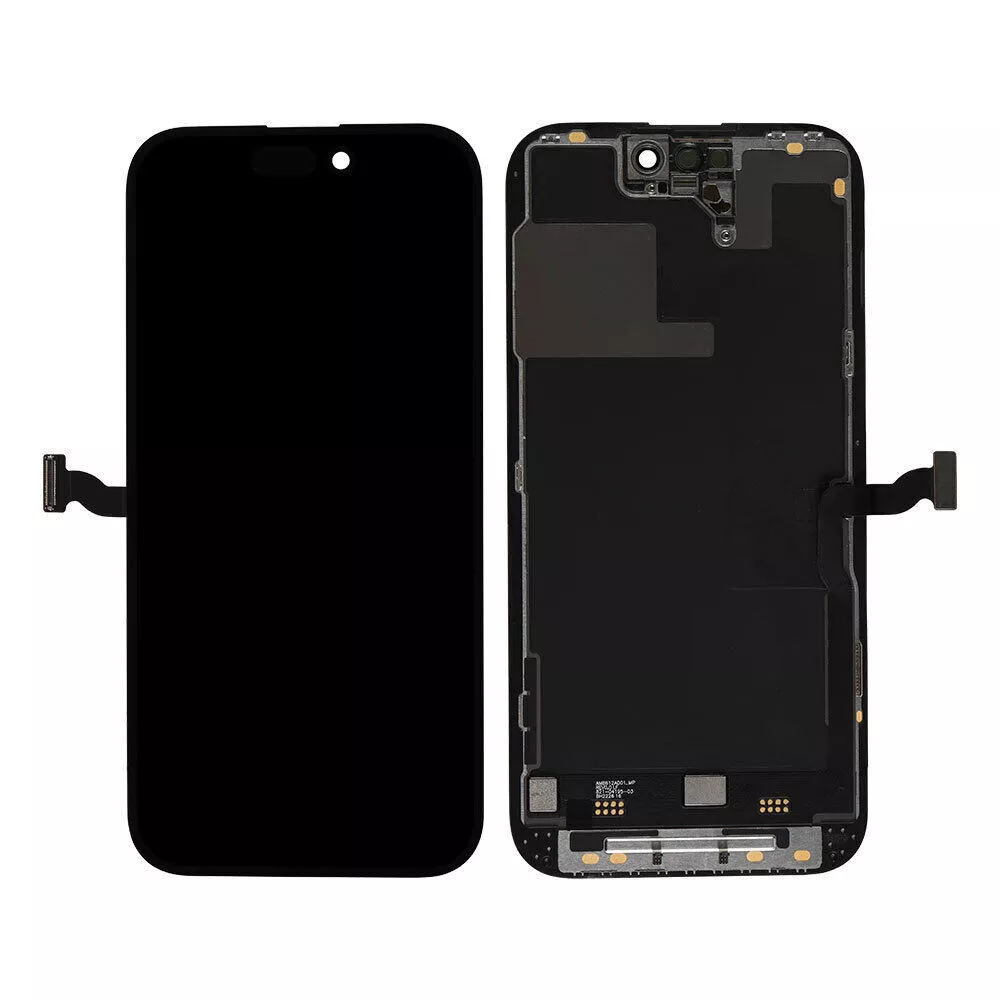
Assembly and Labor Costs
The assembly process involves skilled labor and sophisticated machinery. Workers assemble the various components, test the device for functionality, and package it for distribution. Labor costs can vary depending on the location of the manufacturing facility and local wage rates.
Research and Development Costs
Apple invests heavily in research and development (R&D) to design and innovate new iPhone models. This includes developing new technologies, improving existing features, and ensuring the device meets high-quality standards. R&D costs are spread out over millions of units, so they contribute a relatively small amount to the cost of each individual iPhone.
Marketing and Distribution Costs
Promoting and distributing the iPhone globally involves significant expenses. Apple’s marketing campaigns are known for their creativity and reach, but they come with a hefty price tag. Additionally, shipping the devices to various markets around the world adds to the overall cost.
Total Production Cost
The total cost of producing an iPhone can vary depending on the specific model and its features. However, it is estimated that the production cost for a high-end iPhone model can range from $400 to $700. This figure does not include other expenses such as marketing, distribution, and software development.
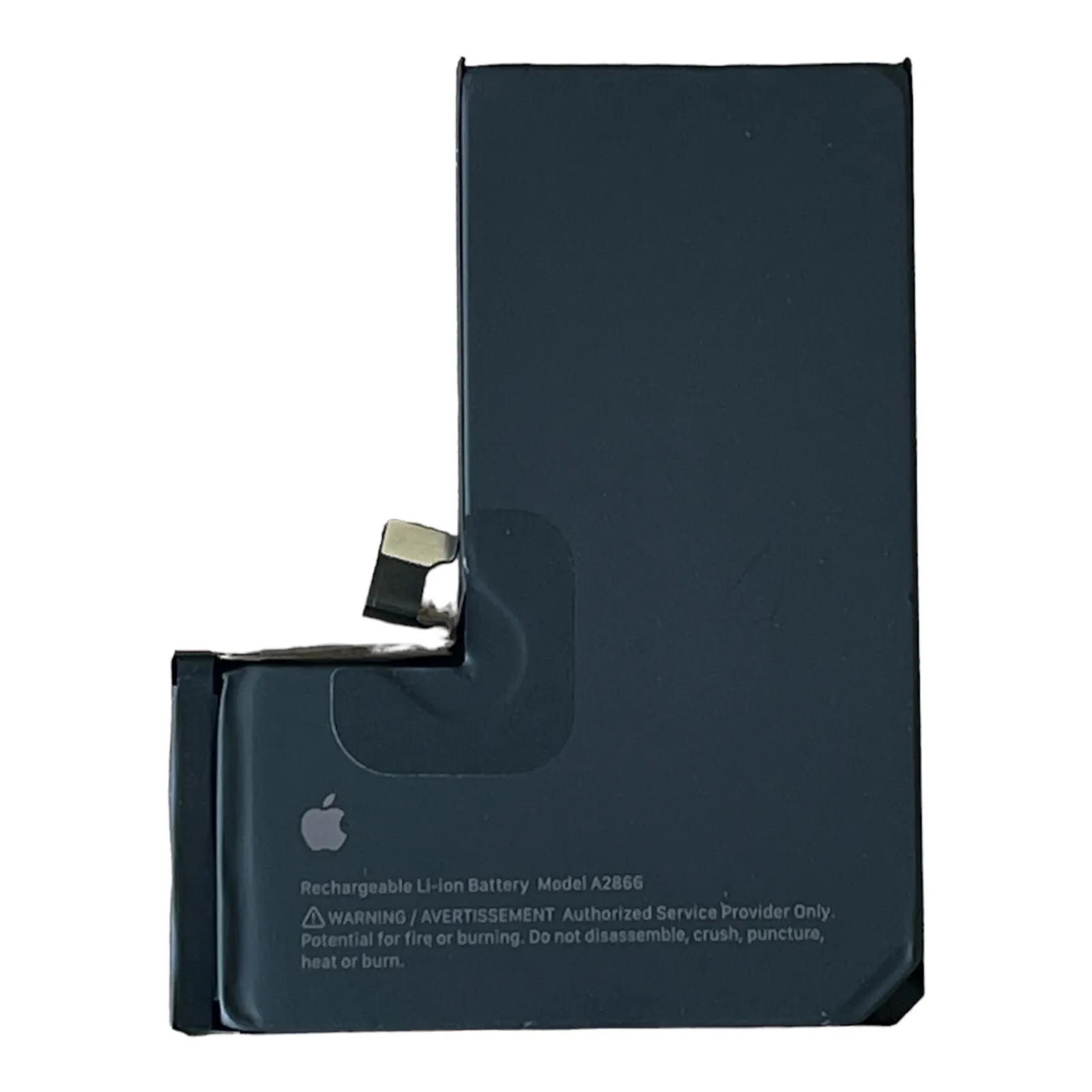
Retail Price vs. Production Cost
It’s important to note that the retail price of an iPhone is significantly higher than its production cost. This is because Apple adds a profit margin to cover its various expenses and generate revenue. The profit margin can vary depending on the model and market conditions.
How Much Does It Cost Apple To Make An iPhone 16?
It’s tricky to give an exact cost to manufacture an iPhone 16 because Apple keeps those figures pretty close to the vest and pricing the parts is not entirely accurate without an established market. However, we can make some educated guesses based on:
- Component Costs: This includes everything from the screen and processor to the camera sensors and battery. These costs fluctuate based on market prices and supplier agreements.
- Manufacturing Costs: This covers assembly, labor, and factory overhead. Much of this happens in China with partners like Foxconn.
- Research & Development: Apple invests heavily in designing and engineering new iPhones. These costs are spread across millions of units.
- Software Development: iOS is a major part of the iPhone experience, and its development isn’t cheap.
- Marketing & Distribution: Getting those iPhones into your hands involves advertising, shipping, and retail markup.
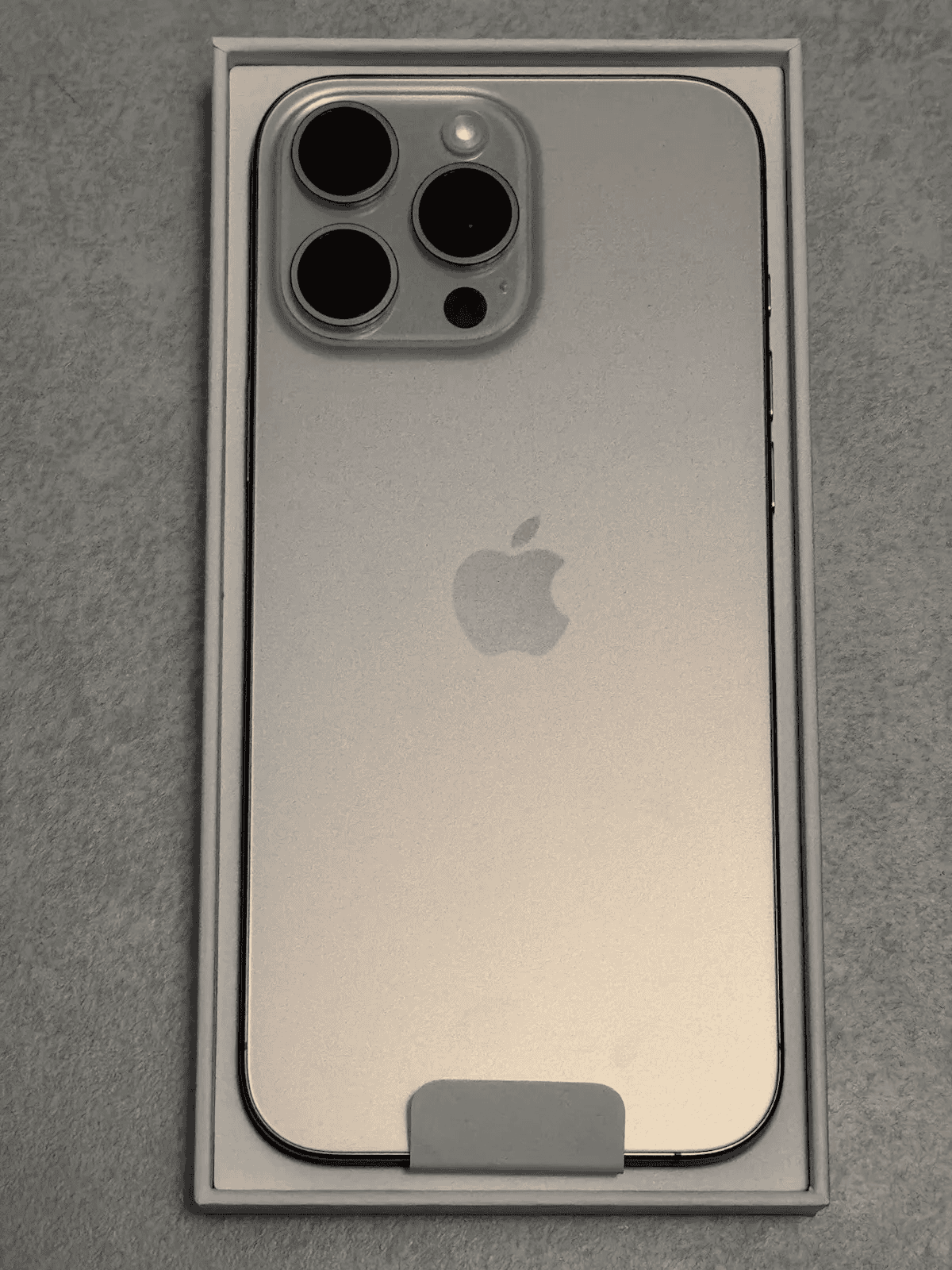
iPhone 16 Estimated Component Costs
| Component | Estimated Cost |
|---|---|
| Display | $120-$150 |
| Processor (A18) | $120-$180 |
| Memory | $40-$60 |
| Storage | $20-$100 |
| Camera System | $80-$110 |
| Battery | $15-$25 |
| Other Components | $60-$80 |
| Intangibles + Labor/Assembly | $40-$50 |
| Total | $495-$755 |
Important Notes:
- These are rough estimates, and actual costs could be higher or lower.
- This doesn’t include manufacturing, R&D, software, marketing, or other expenses.
- The iPhone 16 Pro Max likely has the highest component costs of the lineup.
Overall, it’s safe to say that the total cost to produce an iPhone 16 is around $500 and the Pro Max is likely somewhere north of $750. The other models would likely have higher or lower costs due to less expensive components – and obviously if you customize things that can change it around quite a bit.
Keep in mind that Apple’s profit margin on iPhones is significant. The manufacturing cost is just one part of the final retail price you pay.
Key Takeaways
- The manufacturing cost of an iPhone includes expenses for components and assembly.
- Apple’s retail pricing accounts for various business costs beyond manufacturing.
- The retail price and manufacturing cost are influenced by market context and business strategy.
Cost Breakdown of iPhone Components
The true cost of manufacturing an iPhone involves various factors from raw material prices to technological investments.
Material and Component Costs
An iPhone contains numerous high-tech components. The screen, camera, battery, and processor are some key parts. For example, the iPhone 11 Pro Max’s screen has been estimated to cost $66.50. Its battery might be around $10.50. These numbers vary with each model as technology progresses.
Manufacturing and Assembly Costs
Labor and assembly form another cost block. Apple contracts with manufacturers like Foxconn in China where labor rates affect costs. Precision machinery and quality control measures are in play. They ensure that every iPhone meets strict company standards.
Research and Development Expenses
Apple invests heavily in R&D. The development of the iOS software, A16 Bionic chip, and advanced camera systems are results of constant innovation. High R&D costs are essential for Apple to stay at the technology forefront and justify the final product’s price.
Marketing and Distribution Costs
Marketing expenses cover advertising and promotional events. Alongside, distribution costs include logistics, shipping, and packaging. These expenses ensure that the iPhones reach retailers and customers worldwide. Advertising enforces Apple’s brand presence in a competitive market.
Market Context and Pricing Strategy
Apple’s success in the smartphone market hinges on a precise balance of cost, price strategy, and consumer value. They leverage the premium features and brand strength to position their products at high retail prices.
Retail Pricing and Profit Margins
Apple manufactures the iPhone with various components like the screen, casing, and camera, resulting in significant production costs. The iPhone 14 Pro Max, for example, costs approximately $501 to produce. Apple sets the retail price much higher to ensure profit margins. For the iPhone 14 Pro Max, the base retail price is around $1099, marking up the cost by 119%.
Comparative Costs and Market Competition
The cost to produce an iPhone is affected by research and development expenses which rival smartphone makers, like Samsung, also incur. Samsung Galaxy S models compete with iPhones, but Apple maintains a distinctive edge in market share through marketing and high consumer demand for its features. Consistent sales of iPhone models like the iPhone 11, iPhone 11 Pro, and iPhone 11 Pro Max, even at premium prices, underscore the technology giant’s competitive advantage.
Long-Term Revenue and Brand Strategy
Revenue from iPhone sales is bolstered by services like the App Store and wearables that supplement device income. Apple’s CEO Tim Cook emphasizes the creation of quality experiences rather than competing on lower costs. The strategy includes high R&D costs to innovate and retain a premium image. This approach secures long-term customer loyalty, leading to sustained sales and a robust revenue stream.

